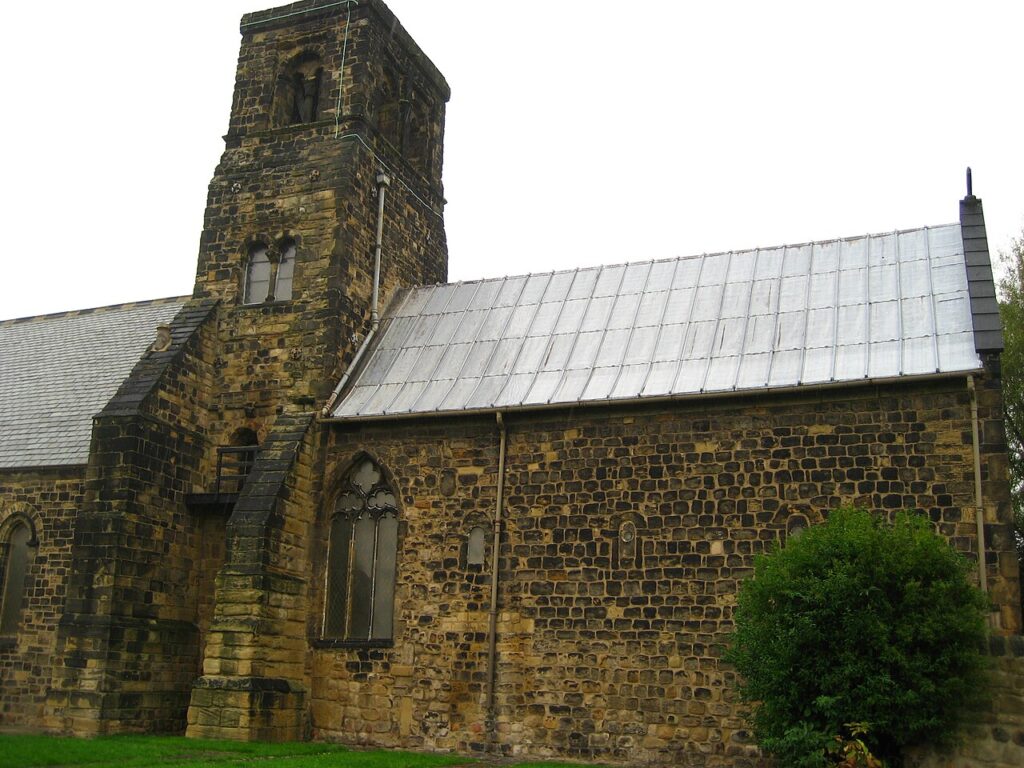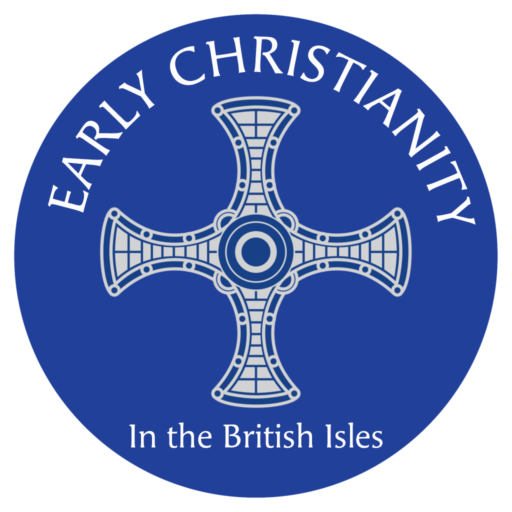St Paul’s Church, Jarrow

St. Paul’s Church in Jarrow, England, is a historic and significant site with deep roots in early Christian history. Founded in AD 681 by Benedict Biscop as part of the twin monastery of St. Peter’s in Monkwearmouth and St. Paul’s in Jarrow, this church holds a unique place in the religious and cultural heritage of England.
The church was originally built as a monastic chapel and has undergone various modifications over the centuries, but part of the original structure remains. Notably, the chancel of St. Paul’s Church includes walls dating back to the 7th century, making it one of the oldest surviving ecclesiastical buildings in Britain. This ancient structure still houses a dedication stone, inscribed with the date of its founding, which links it directly to the time of its construction.
St. Paul’s Church is also famously associated with the Venerable Bede, a monk, historian, and scholar who spent most of his life at the monastery. Bede is often considered the father of English history, and his works provide invaluable insight into early medieval England. His remains were later moved to Durham Cathedral, but St. Paul’s retains a strong connection to his legacy.
The church itself is an architectural testament to the passage of time, featuring elements from various periods, including Norman and later medieval additions. The adjacent monastic ruins, particularly the Saxon chancel and the ancient stone slab with Latin inscriptions, attract historians, archaeologists, and visitors interested in early English Christianity.
Today, St. Paul’s Church is not only a place of worship but also a site of historical pilgrimage, where visitors can connect with the early history of Christianity in England and reflect on the enduring legacy of Bede and the early monastic community at Jarrow.
